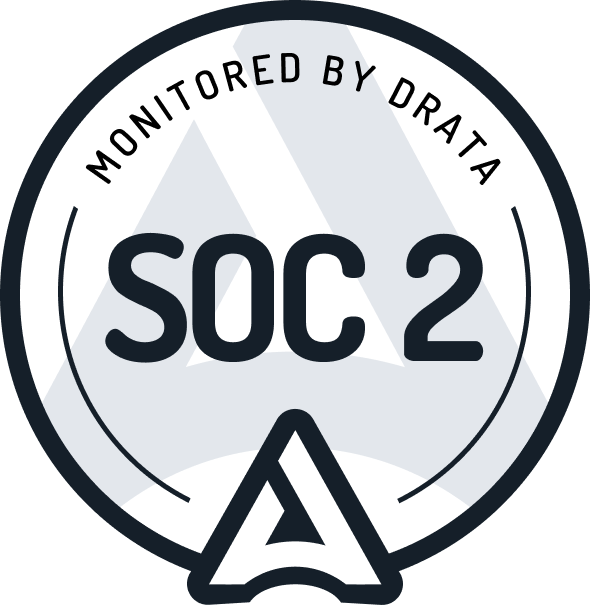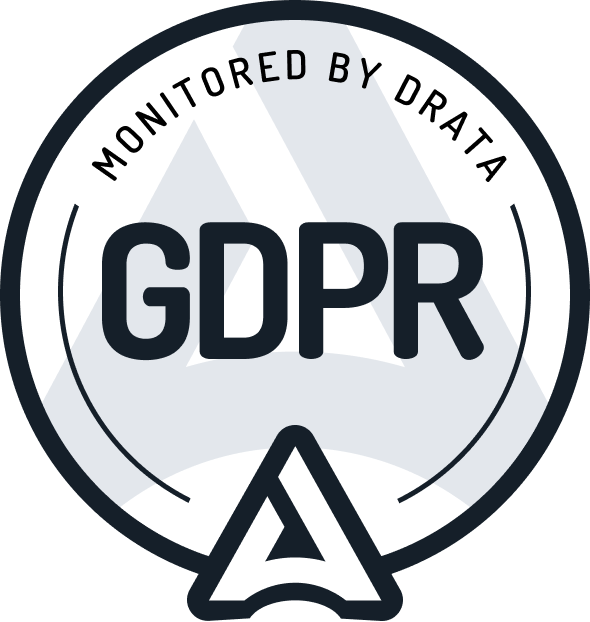
Learnings from building communities at Anything World
Get notified when customers mention you online - with Crowdlens
Jonathan Reimer: Hi Edgars! Do you want to shortly introduce yourself and give us an overview of how you got into DevRel?
Edgars Adamovics: Hi, my name is Edgars Adamovics. I'm the Head of Developer Relations at a startup company called Anything World. I started off my career as a developer and went into the augmented reality space, where I spent many years creating really awesome AR experiences for a lot of different brands. As the time progressed, I became more senior and got exposed to more client and developer-faced meetings where I had to talk to them about our platform and help them out with different implementations using our tools as well as resolving bugs they might face. I think that's where I actually got a taste for DevRel. After this, I dived into a community management role at a different startup where I had to build a developer community from scratch which was a huge learning curve and pivoted into marketing management after that. So, I moved from DevRel into marketing straightaway. And I guess later in my career, I just came back in a full circle into the Developer Relations.
Jonathan: Thank you! Do you also want to give us a short pitch of what Anything World is doing?
Edgars: We essentially provide a digital asset framework for developers and content creators. When you try to create any sort of 3D content for games, applications, immersive experiences, the existing ways of creating that content is very costly and timely for application developers. Any sort of 3D content can take days to create. Our cloud platform essentially integrates existing 3D libraries, such as Google Poly and Sketchfab, and uses natural language understanding services with our own proprietary tech to allow you to request those 3D assets pretty much in runtime. As a developer using our platform you can browse an extensive collection of many different 3D assets and integrate them directly into your projects. On top of that, you can animate them with just a single click of a button, because we add custom behaviors using machine learning techniques. It's very exciting for all the developers and content creators that are utilizing 3D objects for anything they do.
Jonathan: How important is developer community building to Anything World?
Edgars: At Anything World, we essentially represent a single audience, and those are the developers. Community is a core product for us. And as you're probably aware, Developer Relations means building those relationships, creating trust, and raising awareness of that product. Without building that awareness, the product can essentially fail. So community building is very, very important for us!
Jonathan: What were the most outstanding results you got from your community building efforts so far?
Edgars: I think there are many, but one that comes to my mind is actually seeing people being excited about our product offering and the potential it represents for a wider audience. It’s super exciting that we can improve our offering with the feedback that we get back from the community.
Jonathan: Love that! Could you share a few learnings that you have made so far working with developers and developer communities?
Edgars: Sure! So first one, building relationships between companies and communities can be difficult as the interest can vary. It's all about the balancing act between those parties. One of the most important things, when working with communities, is to provide concrete ways of engagement, and ensuring what they do actually matters. You want to empower them to build a product, and nurture their innovation. May it be sharing their content with the rest of the community on work they have done or rewarding and acknowledging them on improvements they contributed to the product.
Another one is understanding and knowing which resources are important to developers and how satisfied they are with resources that we as a company provide. This includes essentially having clear documentation, tutorials, really good sample code, integration libraries, training courses, and so on. Having that material available and clearly identified, is a super important part as well. It sort of comes down to the onboarding. And having the right onboarding provided is a very important path for the developers to learn about your product.
And I guess, lastly, there is a perception that marketing is bad and devs don't like marketing. And I don't think that's true. As long as the marketing is straight to the point, doesn't waste developer’s time, and explains exactly what they want to know, it definitely works.
Jonathan: Thank you very much for these insights. And I think you've already picked up on this: What have been the biggest challenges for you in building developer communities?
Edgars: There are many sorts of different challenges and I guess they vary depending on the company and the business that you're in. The most common thing that any DevRel (it doesn't matter where you work) will be thinking about is a sort of product and resource awareness. And what I mean by that is: How many developers are actually using our product? What sort of resources do we provide for them? And what activities can we do to make those resources better to engage developers, build trust and drive the product? That is definitely one of the challenges. But there are many things that you can do to raise their awareness all around: Create content on YouTube, post on Twitter, start blogging, organize hackathons, reach out to influencers, and so on.
Another challenge is the product and resource engagement. So, essentially, how developers engage with resources and how we can facilitate and create better experiences and take them on a nurturing path that will ensure they stay in our ecosystem and have the best possible experience. For example when developers land on the website, how do we direct them to become a more deeply engaged and productive developer and provide them exact information they are seeking? What is the onboarding journey that developers are going to take? How do we provide them exactly the information they are looking for? Such as docs or links to download the SDK and so on.
Jonathan: I totally agree! You really want to reduce the friction of getting started with your product. Another challenge that people mention quite often is: How do you measure the success of DevRel?
Edgars: There are different approaches, but I guess the top measurement that you can do is aligning DevRel goals with the business goals. And then you can start measuring different interactions on how people interact, from social network subscribers, platform subscribers to GitHub’s contributions. Another important metric is the level of satisfaction that developers are expressing. You could be, for example, getting this from questionnaires that you send out with your newsletters. But yes measuring success can be difficult to pinpoint, but in most cases it is best indicated through the level of community engagement and will really depend on business type too.
Jonathan: Could you describe your typical workday for me?
Edgars: I guess it does vary because, in a startup, you wear many hats. My days are never the same. But usually, I come into the office, check my emails and arrange any sort of meetings that we have. I read up on the latest news on LinkedIn and Medium, because our field is changing all the time and you want to keep up with what excites the developers! From there on, I usually have a standup meeting where we coordinate the day and organize collaborations. During the day, I explore new content, research different events, make prototypes and reach out to product companies and work on collaborations. The most important thing is always to try to help any developers that have questions about the product, and try to eliminate any sort of inconveniences or bugs that they might be experiencing.
Jonathan: Do you have a community building “hack” that you discovered over time?
Edgars: That's a million-dollar question. I think the most important part of our role is that we should be ourselves and we should be genuine because that's what developers want. They want to see genuine people doing genuine coding. They don't want stuff to be fluffed up. Being human by the day is the best hack you can do. And that's how you should approach your content creation as well.
Jonathan: You already mentioned Medium, but is there a special resource you relate to when it comes to community building?
Edgars: There's definitely a great number of resources available online that everybody can access. The ones that I usually use are heavybit.com and DEV.to. They have fantastic blogs and podcasts from really influential companies, such as Twilio or Google. In terms of books, I definitely advise reading “The New Kingmakers”. It's a very interesting book because it explains in detail what developer advocacy essentially is. If there's a person that doesn't know, that's a book to read.
Jonathan: Last question: What do you think will be the role of community for software companies in the future?
Edgars: The community has become a very important part of the process for a lot of different companies and will play a key role in future. The benefit that you can get from actively managing the community is that you can leverage that feedback loop. You can get direct feedback from your community and you can set the tone and values of that community. Developing any sort of software or hardware, does take a lot of effort, a lot of time, and a lot of financial commitment. It's very important that companies know how to adopt the right approach. While you can reach out to the end consumers to test your product, the people in the community shape the product itself. In turn, it creates a symbiotic relationship that is likely to last for years.
Jonathan: Thank you so much for all these insights!
Get insights to your inbox.
Once per month. No spam.


.png)





